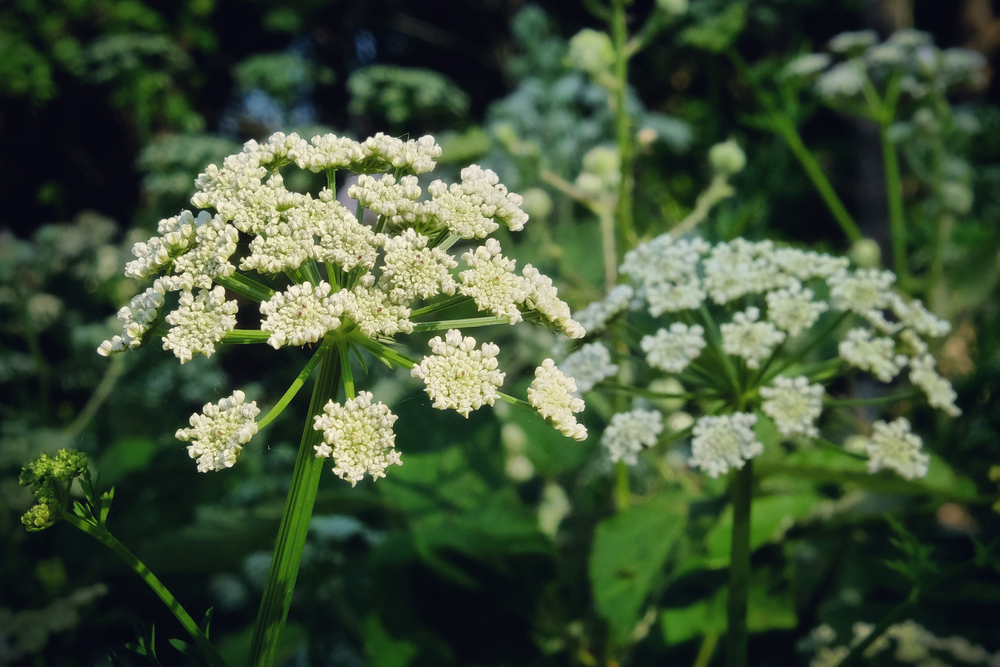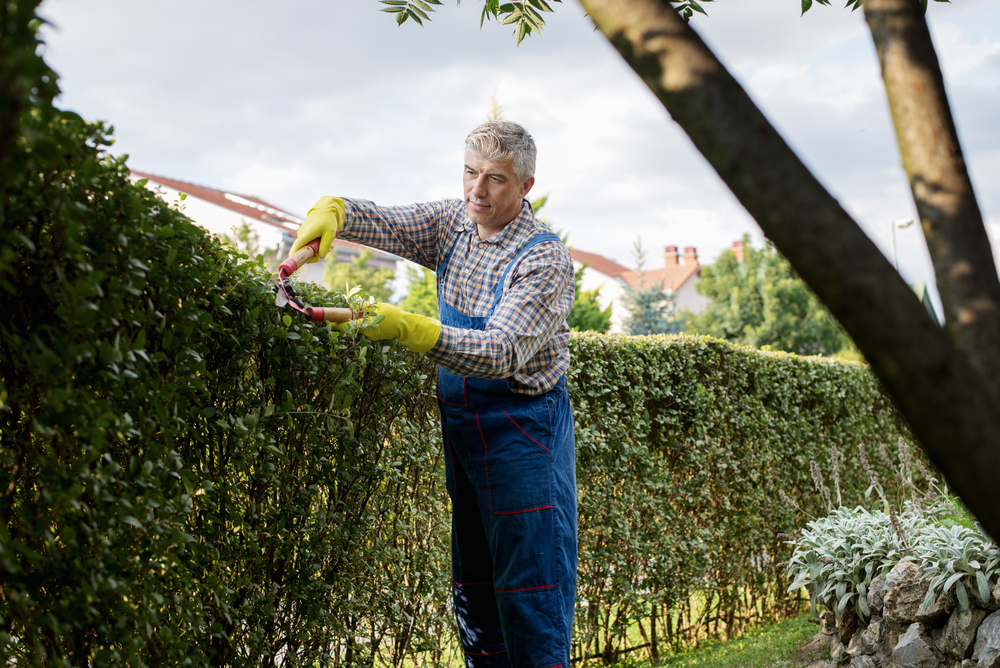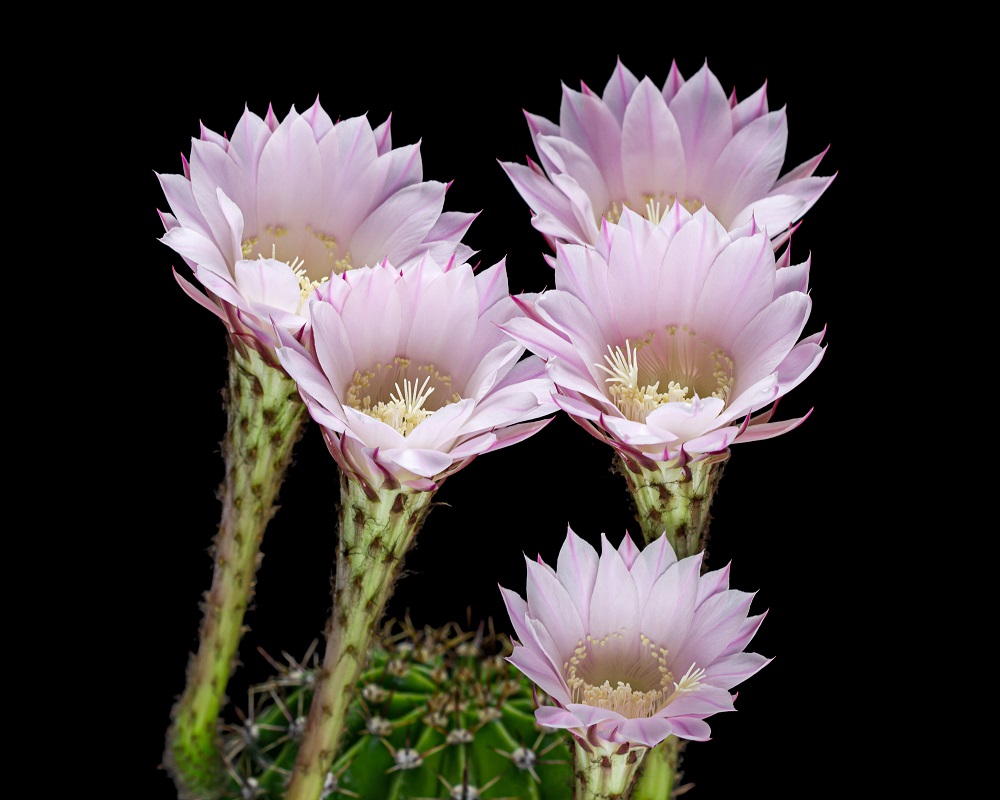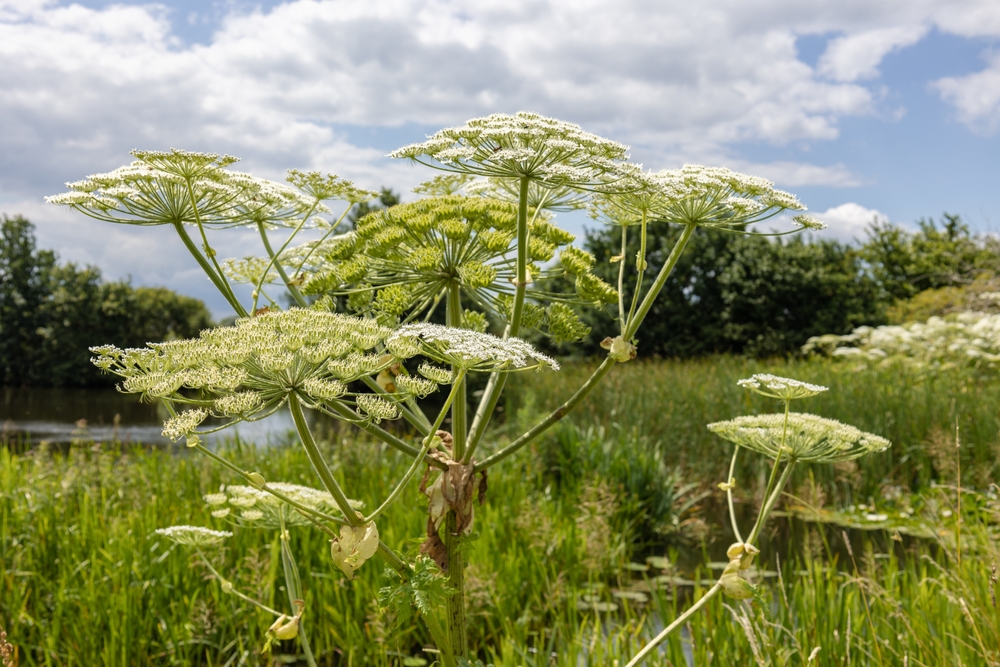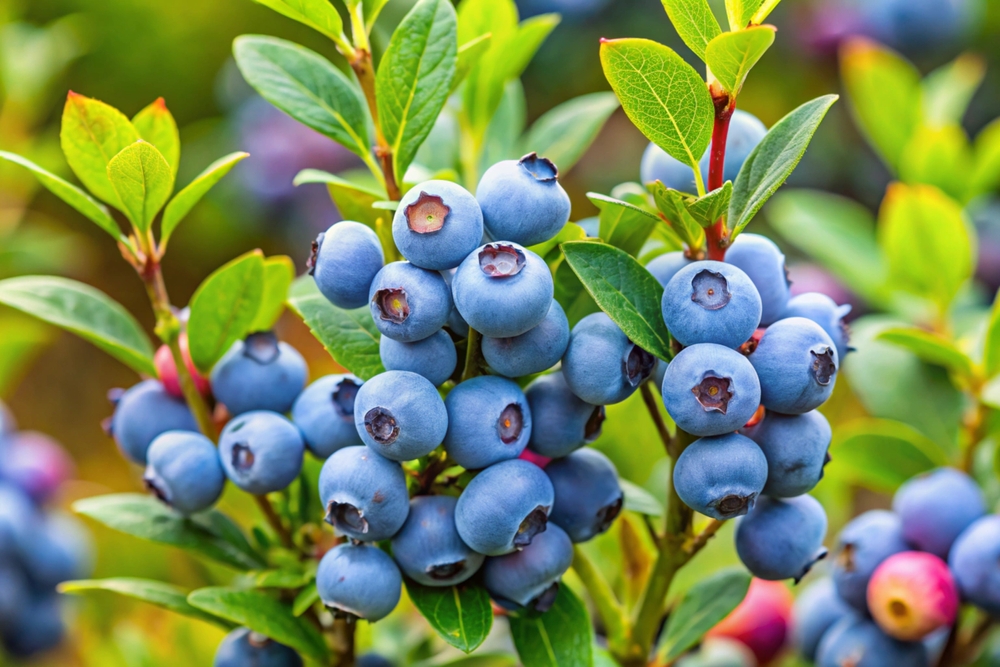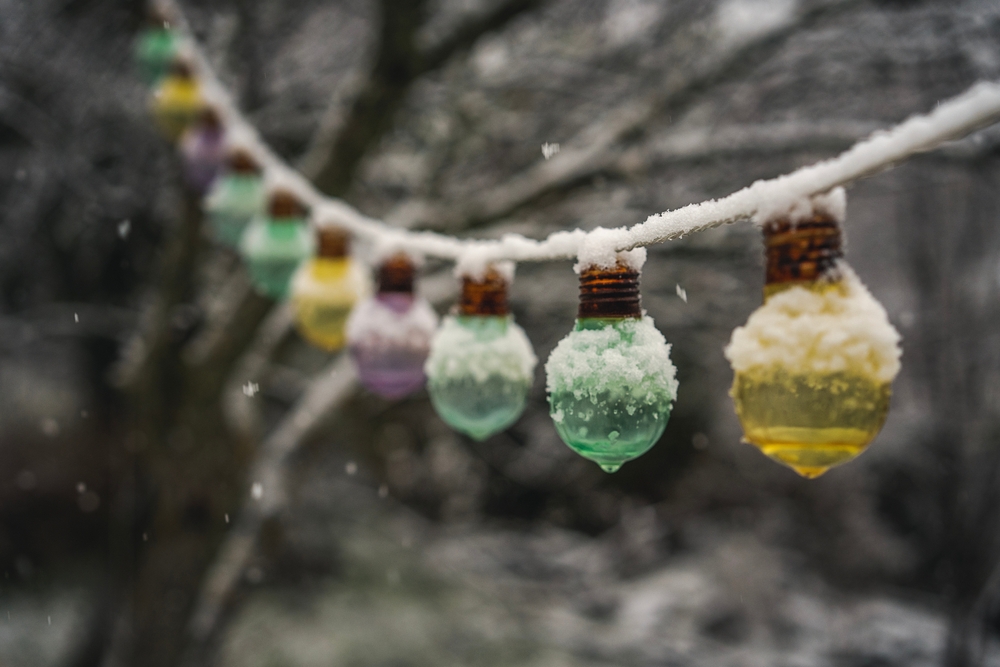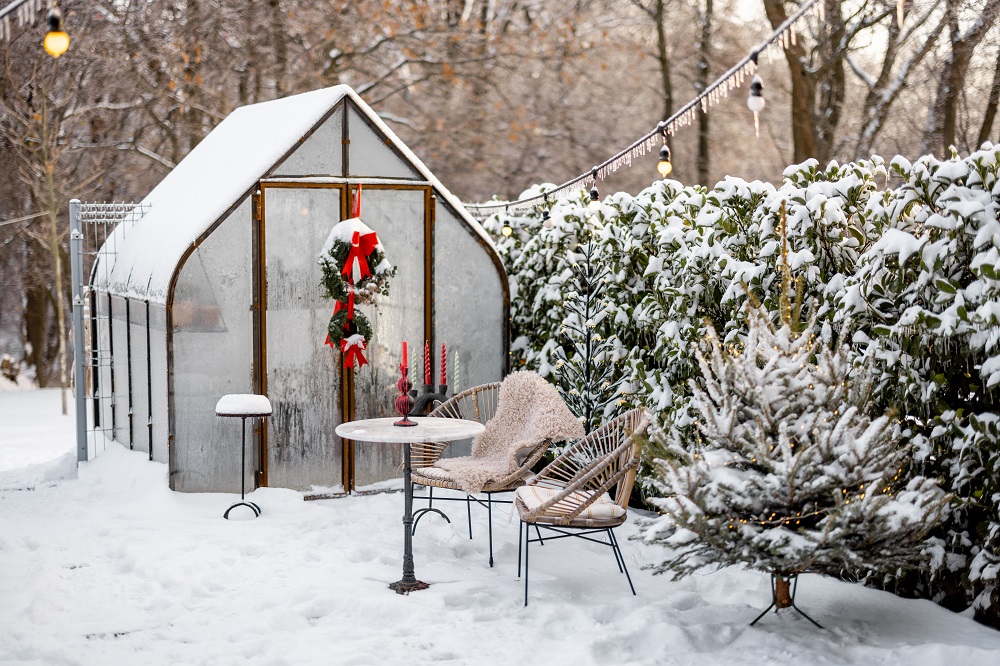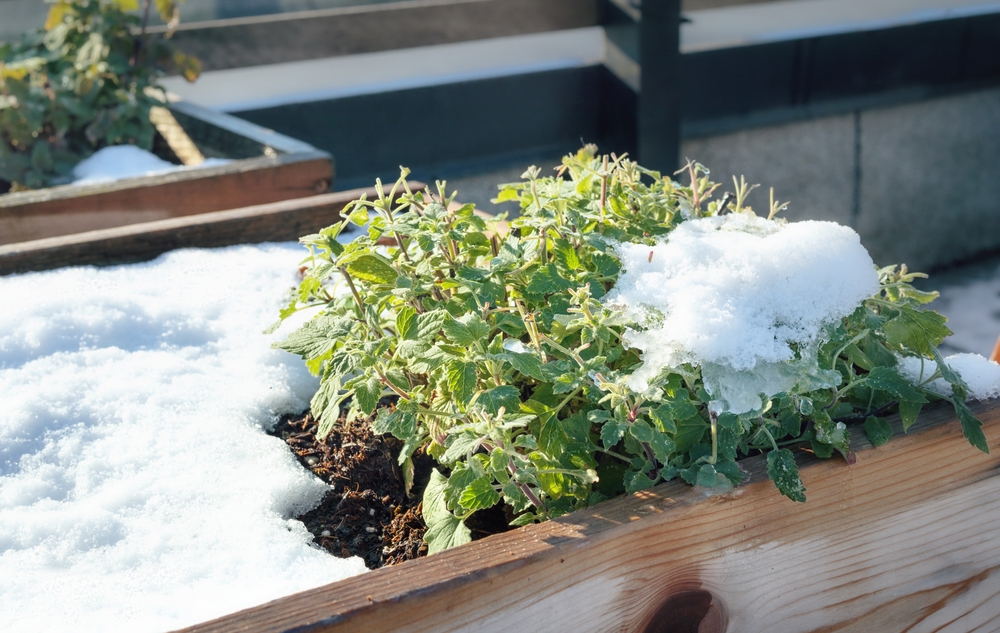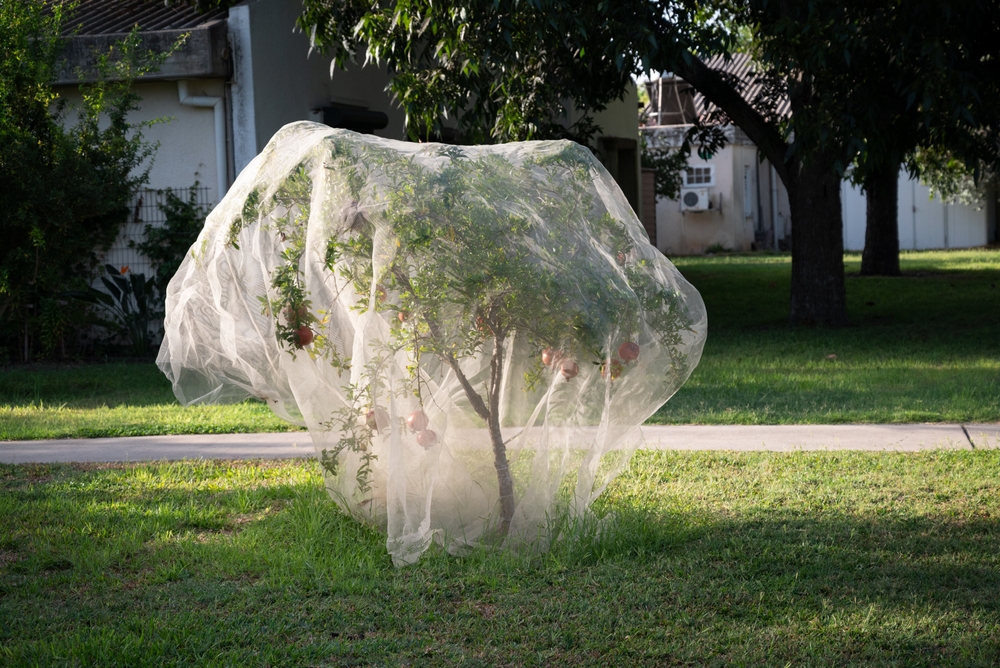Have you ever considered that the blooming of your flowers is affected by these issues?
Having a garden is a rewarding experience, especially when the warm season comes and you can see how all your flowers are blooming!
However, sometimes it seems like no matter how much time, money, energy, and love you spend on cultivating your garden, these ornamentals do not end up blooming!
It can be discouraging, especially if you have done everything according to the textbook and you’re still bloom-less!
Do not despair! Sometimes the answer lies in some other issue and it is not related to you that your flowers do not end up blooming.
To help you mitigate the issue in your garden, we have gathered some of the most common issues that prevent flowers from blooming, so that you can compare information and test to see which one of these has been preventing your garden from reaching its full bloom!
Get your garden back on track by checking out these blooming issues!
Does your garden have issues? Let us know in the comments and we’ll share the knowledge!

Faulty planting location.
Unfortunately, you may be thinking that you got the planting right, but your flowers have different conditions in which they can bloom effectively.
Some plants are absolute daylight lowers, which will lead to them requiring up to 8 hours of daylight (with a minimum of 6 if you want them to bloom).
Others may be low-light thrivers, which means that giving them direct light is going to actually kill them. Sure, we believe that all plants will love light, but some end up performing their best in the shade.
Otherwise, if they get too much sun, it will cause a lot of stress to the flowers and cause them to stop blooming.
On the other side of the spectrum, not getting enough direct sun exposure will make the plant sad, and it will not bloom.
The best way to see if this is the issue that affects your plants is to check if their plant species is a sun or shade lover. If they are planted in the incorrect location, then you can easily move them when their time comes around to a spot they like.
The best time of the year to move perennials is in early spring or fall so that they can bloom happily in the following seasons.
For annuals, you can check to see if your spot is good for them, and if not, plan accordingly for the following season to plant them where they will thrive.
Your soil has too much nitrogen.
Sometimes the flowers could be placed in the best spot, but the soil is not enough for them to grow well.
Your soil’s nutrients must be balanced, and you can easily see this if your plant has grown little since you planted it.
If the soil has too much nitrogen in it, then it will end up hindering the production of flowers. While the compound is needed so that plants can flourish and grow healthily and plentifully, too much of it can end up causing you issues.
You can easily end up testing the state of your soil if you go to your local AG extension office, and you will easily find out if there is too much nitrogen in the earth.
The other great news is that you can easily remedy this issue by fertilizing your plants; just adding a mix that has enough phosphorus will easily fix the issue, and your plants will end up rooting, fruiting, and blooming in no time!
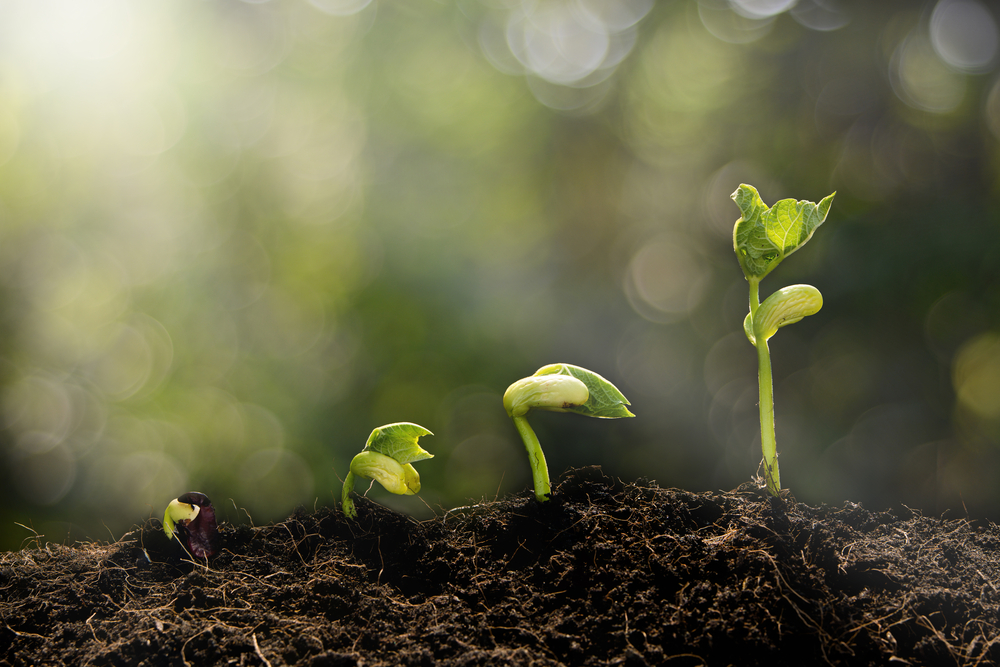
Your plant’s age.
The issue may be extremely simple as to why your flowers are not blooming despite your tending to them; they may just be too young to be able to bear flowers yet.
If you have added perennials to your garden, know that they typically end up flowering two to three years after they have been planted.
These types of plants need more time to establish a strong enough root system, especially if they are to survive during the winter months; this is the reason why they are not producing buds and flowers.
If you have recently planted your perennials, then you need to be more patient for a year or two, as your flowers may just surprise you with beautifully blooming flowers down the line.
Gardening and tending to flowers is about patience, and this is definitely true when it comes to having your perennial flowers bloom!
The poor weather conditions.
Unfortunately, sometimes it is the weather that ends up dwarfing your plans to have a beautifully blooming garden. Unfortunately, there is nothing you can do about this issue.
If you are living in a place that gets extremely high temperatures or that has long periods of rain, then know that your plants and trees can end up dropping their buds before their time for blooming even comes around.
If the climate has been too hot, then you need to make sure that your plants are adequately watered in the early morning so that when the temperature is at its highest, the plants are not giving in in front of the heat.
If the weather has been extremely rainy and your plants have been growing, you can only wish for the weather to clear and make space for the sunshine.
Plants are easily affected by environmental stressors, and things like too much heat or water at a crucial time in their growth cycle may end up cutting off their blooming period.
A lot of plants manage to bounce back when it comes to bad weather, but there is a chance that if you have had really bad weather lately, this is why your plants are not blooming as you expected.
A great way to prepare yourself for all types of weather is to make sure you have individual irrigation for your plants. This system from Amazon is trustworthy and beloved by many gardeners! Give it a try!
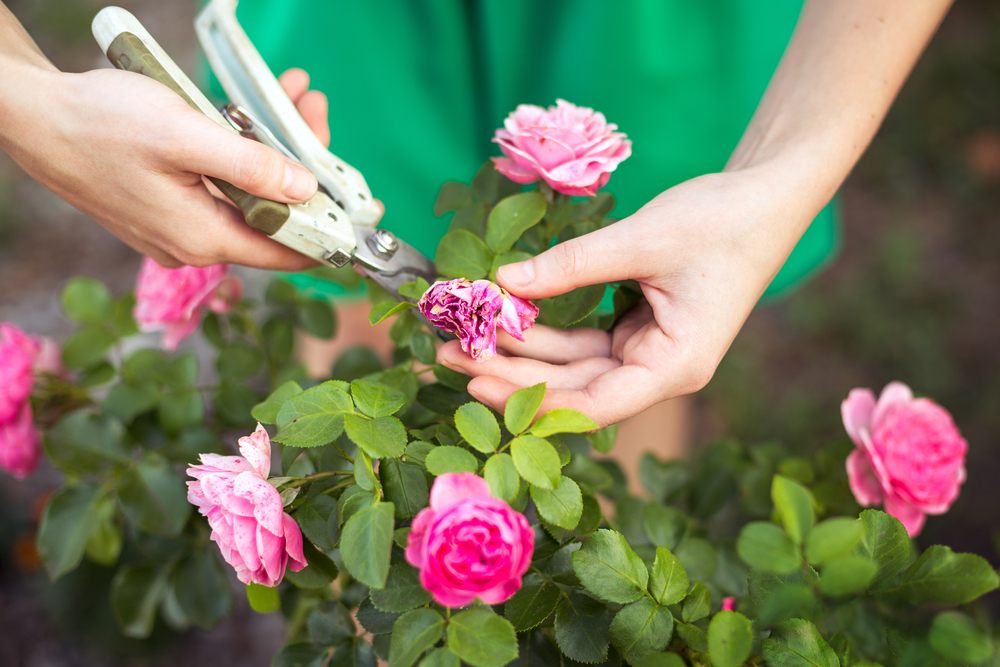
Improper pruning technique.
Depending on the type of flowers you have in your garden, they are going to either bloom on old or young growth.
This is why you should be researching how you can properly prune your flowers, bushes, and plants so that you do not accidentally prolong their flowering and blooming times.
Each of your plants is going to have its own individual needs in order to flourish, so it is a good idea to start researching the proper pruning technique even before you add them to your garden.
It can give you an idea of how often you would need to do it and which is the best year period for such changes, so you do not accidentally deprive yourself of flowers.
Takeaway!
There are numerous reasons why your flowers and bushes are not blooming in the way you have envisioned.
Yet, if you keep a careful eye on your plants and check for these common issues, you may just find the culprit, and then you can easily take the right course of action to remedy it.
It may involve having more patience and waiting for the next season to see the garden in its full splendor, but we believe that a gorgeous blooming garden is worth the wait!
Happy gardening!
If you have been thinking of expanding the scope of your garden and want to bring some flowers and plants inside for your coffee table, you’re in the right place! We have brought you some of the easiest coffee table plants to care for that are guaranteed to impress any guest you may have!

